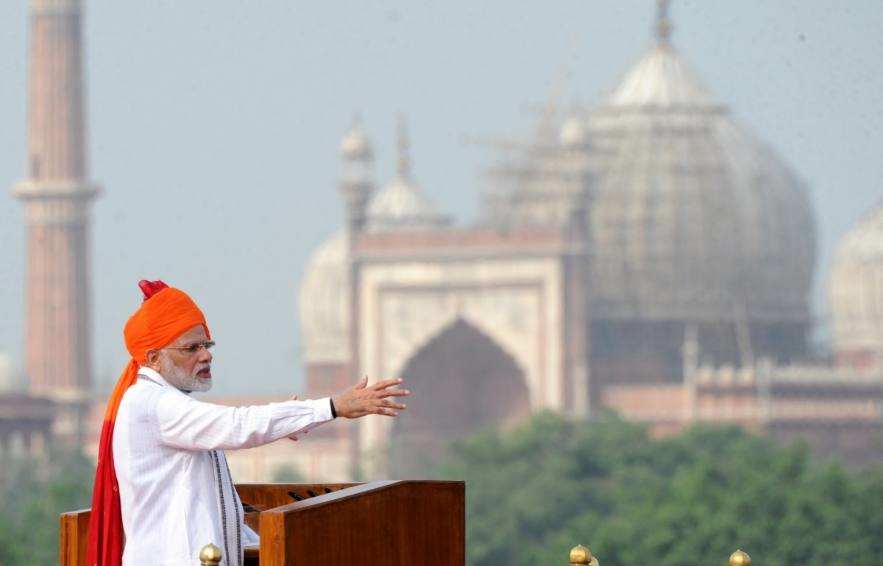Indian prime minister Narenda Modi has announced the country's ambition to send an Indian astronaut into space by 2022. Is this realistic?
On the occasion of India's recent Independence Day celebrations, prime minister Narendra Modi announced that “when India celebrates 75th year of Independence in 2022, and if possible even before, an Indian son or daughter will undertake a manned space mission carrying the national flag”.
Such a mission, under the “Gaganyaan” (spaceship) programme, would hoist India alongside the U.S., Russia and China as the only countries with manned spaceflight capability.
Despite the fact that India has been laying the groundwork for a manned mission for around 15 years, the 2022 target seems ambitious. However, K. Sivan, chairman of the Indian Space Research Organisation (ISRO), is upbeat. He declared on Indian TV that, although the schedule was very tight, most of the critical technologies had already been developed by ISRO.
He noted that India has already orbited and recovered a capsule, tested a crew cabin prototype with environmental control and life support systems, and recently performed a pad abort test to demonstrate a crew escape system.
Questions remain, however, over the upgraded GSLV Mark III launch vehicle, which will first have to perform two unmanned missions and which has only completed a single orbital mission to date. Furthermore, multiple aspects of manned spaceflight will have to be fine-tuned, or developed from scratch, in less than five years.
Last but not least, the budget needed for such a programme has not yet been approved.

